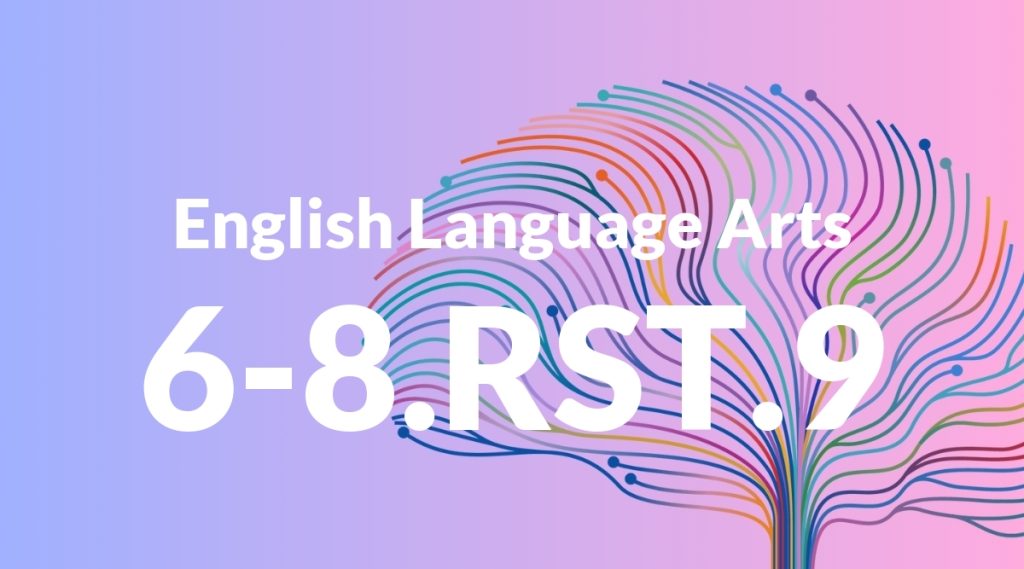Standard: 6-8.RST.9 – Compare and contrast the information gained from experiments, simulations, video, or multimedia sources with that gained from reading a text on the same topic.
Grade level: Grade 6-8
Subject: English Language Arts
Domain: Science & Technical Subjects
Teacher Overview
This standard emphasizes the importance of comparing and contrasting information from various sources. It is crucial for students to recognize that different mediums can provide different perspectives and levels of detail. Mastery of this standard will enhance their critical thinking and analytical skills. Students should have a solid understanding of how to read and interpret informational texts and be familiar with different types of media.
Students will be able to critically evaluate and synthesize information from multiple sources, enhancing their research skills and understanding of complex subjects.
Common Misconception 1
Students might think that all sources provide the same quality of information, which is incorrect because different sources can vary widely in reliability and depth.
Intervention 1
Implement lessons on evaluating the credibility of sources, including checking authorship, publication date, and evidence provided.
Common Misconception 2
Students may believe that multimedia sources are always more accurate than text-based sources, which is not always true as some multimedia can oversimplify or misrepresent information.
Intervention 2
Showcase examples where text-based sources provide more comprehensive and accurate details compared to multimedia, and discuss the reasons why this might be the case.
Prerequisite Knowledge
Students should be able to read and comprehend informational texts, understand basic scientific principles, and be familiar with different types of media such as videos and simulations.
Subsequent Knowledge
Students will develop the ability to critically evaluate and synthesize information from multiple sources, leading to enhanced research skills and a deeper understanding of complex topics.
Instructional Activities
- Group discussions comparing different types of sources on the same topic
- Research projects requiring the use of both text and multimedia sources
- Debates on the reliability of various information sources
- Creating multimedia presentations that compare findings from different sources




